Akita Inu - the ultimate Japanese dog breed
30.04.2019.
Akita Inu dogs originate from Japan and this dog is one of the largest from the Spitz group. This dog breed is also called Akita-Ken, Japanese Akita and Great Japanese Dog. It is a good build dog with a naturally glossy coat and because of their imposing and powerful looks, it cannot go unnoticed. His coat serves as protection against extreme temperatures. They got their name from the Akita Prefecture mountain region and this dog is highly prized for its loyalty, trainability, and willingness and because of these factors, he is widely used as police and service dog in the native country. This dog is not suited for everybody especially for the first time dog owner because they need to be trained and socialized from the puppy age and must be handled by a people who understand their character and who knows how to work with a dominant dog. This is one of the most challenging dogs to own because of their dominant and strong personality. Make sure to find out all the characteristics of this breed before you start to search and contact Akita Inu breeders.
Japanese Akita history
This is a Japanese dog breed that was historically first bred and used for fighting and bear hunting purposes. Therefore, members of this breed still have outstanding hunting instincts. In 1908 dog fighting was prohibited, but Akitas was preserved and improved as a large Japanese breed. Hellen Keller visited Japan in 1937 and discover Akita Inu dogs. Two Akita dogs were presented to her and these dogs were the first who arrived in the USA. During World War II (1939-1945) was not unusual to use dogs as a source of fur for military garments. Akitas (among other dogs) were being killed for its fur so people started releasing their Akitas into the woods to save their lives. Some people started crossing them with German Shepherds to turn them into military dogs and with that save them from certain death. In the early 20th century these dogs were also crossed with other dog breeds such as English Mastiff, Great Dane, Tosa Inu to give them dogfighting features. Dogs that were released in the wood eventually were found by American soldiers who took them across the border, back to America, and this is how this breed started to spread on other continents. They started to worship the breed and they preferred larger and more heavy-boned dogs. Because of this first dogs later was developed a different strain of the breed – American Akita. American Akita in the USA and Canada is considered just a different type of Akita while in the rest of the world is considered a separated dog breed. These dogs were officially recognized by the AKC in 1955.
Dog breed characteristic
This dog is a bold, independent, stubborn, tenacious, large and powerful breed. These dogs are usually very temperamental and demand constant training. The females are much calmer and easier to work with. They are not so dominant. When raising Akita, it is important to know that if they are not socialized properly from the earliest days they might show aggression towards other dogs and other animals later. Male Akitas are very dominant so keep in mind that Akita is not the right dog for the beginners.
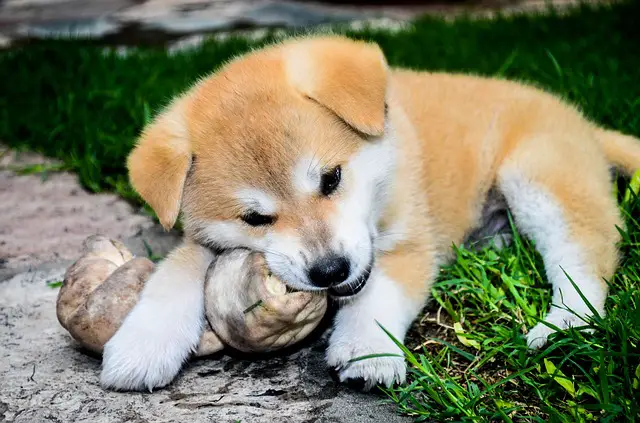
Training
Although known for their loyalty, Akitas must be trained properly to achieve that loyalty. Training should start immediately. This breed requires a dominant owner and a firm hand. Akitas are not suitable for everyone, because if you don’t manage to impose your domination, you may have some serious behavior problems with your dog. If you are strict and consistent in education, you shouldn’t have any problems. They are very loyal dogs, make good protectors of their family and are distrustful to strangers. Akitas don’t make friends easily; they are reserved with unknown people and are very protective of their owner. They should be introduced carefully to new dogs and household pets. If trained so from the beginnings Akitas will probably go along well with other animals and children, but as a general safety precaution, this breed should always be supervised around children and other pets. Akitas are fast learners but can be very stubborn, so they should be owned by the patient owner, willing to work with his dog. If learned so, his dog will take basic commands from all family members, but only one master will be listened to unconditionally. Akitas require constant mental and psychic activity. They are very durable and love long walks, but won’t make any problems sometimes long walks are skipped.
Akita Inu dogs and kids
These dogs are best suited for homes with older kids who will know to properly play with the dog. They are not a good choice for homes with small children. If you have small children in the house you should always watch them when they are together because the dog can unintentionally hurt the child while playing. In the USA Akitas rank seventh of all dog breed that most often bites children and that is very important to teach your kids how to properly play with the dog and to always supervise play.
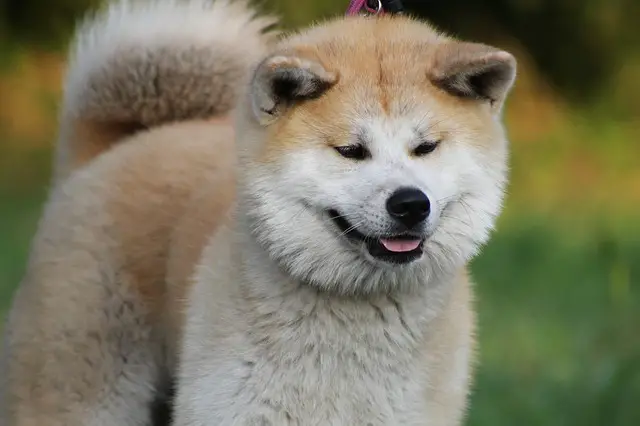
If you don’t have any experience with dogs but want to get yourself an Akita – sign the dog up for dog school and professional training. Even Akita breeders highlight that this dog isn’t for everyone. Also, get ready to spend some serious money. The price of the Akita dog is around 4,500 dollars.
Coat and shedding
Although Akitas are known for their neatness, if you are getting an Akita, get a good vacuum cleaner at the same time. These dogs shed heavily twice a year (actually, it is more of blowing out their undercoats since they are a double-coated breed). Their double-coated fur makes them suitable pets for cold climates. Shedding time can last from 2 to 4 weeks, and in this period you will have to clean and vacuum your house more often. Outside the shedding season, their coat doesn’t shed much and weekly brushing will do the job. Their coat comes in a variant of color including red, fawn, sesame, white and brindle.
Health problems
Akitas are generally healthy, but like all breeds of dogs, they are prone to certain health conditions and diseases. Akitas are prone to hip dysplasia as well as gastrointestinal disturbances and some autoimmune diseases (such as autoimmune hemolytic anemia, which is a disorder of the blood, Vogt-Koyanagi-Harada Syndrome, which affects the eyes and skin of affected dogs, Pemphigus Foliaceus, which is a skin disorder that is believed to be hereditary). Their life span is 10-12 years.
The Akita Inu or American Akita
There are two main types of Akita dog – American Akita (also known as the Akita) and Japanese Akita (known as the Akita Inu). These are two distinct breeds and while there are some similarities, they also have differences. The American Akita is recognized as a breed in 2006. The American type is larger and heavier than Japanese Akita and comes in many colors and patterns. Akita Inus, however, comes only in brindle, white and red. Akita Inus are 23 to 25 inches in height for females and weigh 70 to 110 pounds, and are 25 to 28 inches in height for males and weigh 85 to 130 pounds. American Akitas tend to be an inch taller for both males and females. The body shape is also different between these two breeds. The American Akita’s ears are erect while Akita Inu’s ears are pointed in a forward slant. The Akita Inu also has a fox-like facial composition. The Akita Inu is a stubborn and independent dog that is suspicious of strangers and other dogs. The American Akita goes along with other dogs of the opposite sex, while same-sex dogs might argue sometimes. The American Akita is not so suspicious of strangers. The purebred Japanese Akita is more expensive than American Akita.
FCI standard
They belong to the group 5 (Spitz and primitive type) – section 5 (Asian Spitz and related breeds).
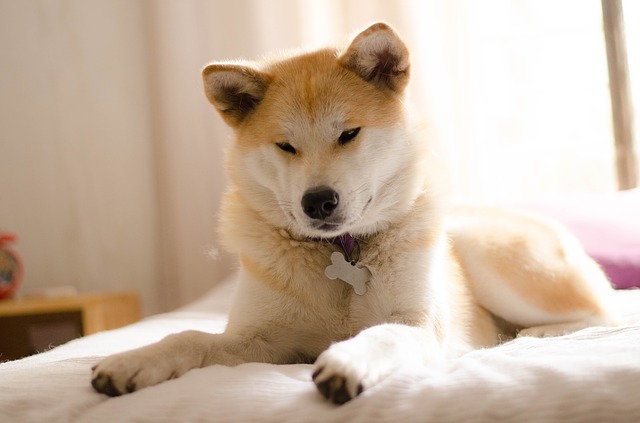
FUN FACT: Akitas usually don’t bark a lot, only when necessary.
Hachiko
There are probably very few people that didn't watch the movie Hachiko, which made this breed popular across the globe. Hachiko was a true example of Akita's temperament and its loyal nature. Hachiko’s owner, professor Ueno, was going to work by train so Hachiko used to follow its master to the train station every day and was also there at the end of the day, waiting for the professor Ueno to come back from work, to accompany him home. Two years later, the professor went to work, but suffered from a stroke and died while on work so he never came back to the train station where Hachiko was waiting for him. From then until its death, Hachiko would return to Shibuya Station every day to await Ueno's return. Hachiko was a dog remembered for his remarkable loyalty to his owner and the dog kept on waiting for the professor for the next 10 years.
FUN FACT: Hachiko has its monument in front of Tokyo's Shibuya railway station.
Akita Inu breeders
Like we already said this is a very strongwilled dog who needs a firm and experienced owner who will know how to take care of this dog. These dogs are usually very temperamental. Females are much calmer than males and their temperament is nobler. If you are completely sure that this dog is the right for you now its time to find good and responsible Akita Inu breeders. Always contact few breeders and ask them about their puppies so you can easier choose the best one for you. Most of the Japanese Akita breeders will welcome your questions and will gladly answer them. This dog breed is very popular in the World and with that, there are many “bad” and unofficial (puppy mills) breeders so we advise you to only talk to breeders that are registered on the World Dog Finder website because all these breeders are official and registered in cynological associations. The Akita Inu is a magnificent Japanese dog breed and you will need to put some effort into this dog. Nothing will be easy with this dog breed but that is the most interesting and rewarding part. We are bringing you a few pros and cons for this dog breed.
Pros
- Very imposing and powerful looks
- Thick fur that protects them from weather conditions
- They are great companions
- Excellent guard dogs and very loyal
- These dogs are not prone to barking
- Generally healthy dog breed
Cons
- They can be aggressive if not socialized properly
- Strong-willed and very challenging to own
- They can be very possessive
- Not suited to live with another pet
- They shed a lot
- Not suited for the first-time owner
World Dog Finder team

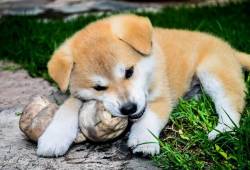
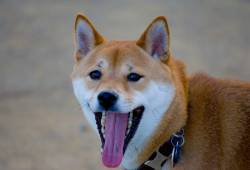
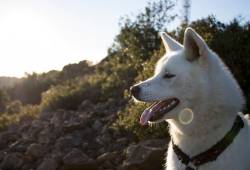
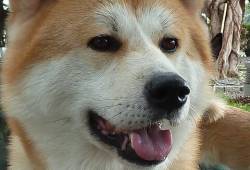
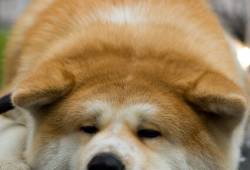
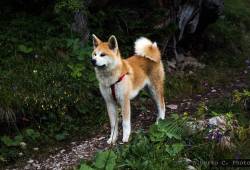
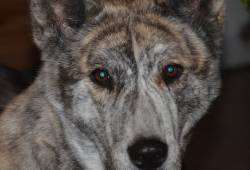
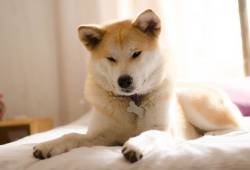
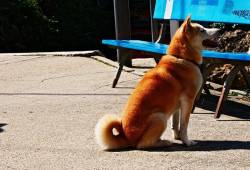
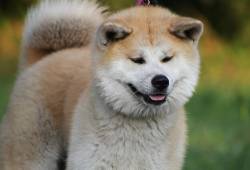
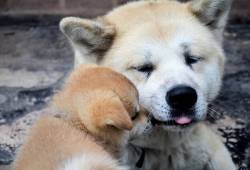
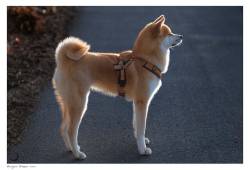
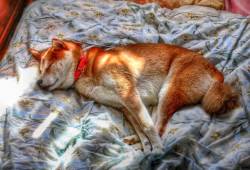
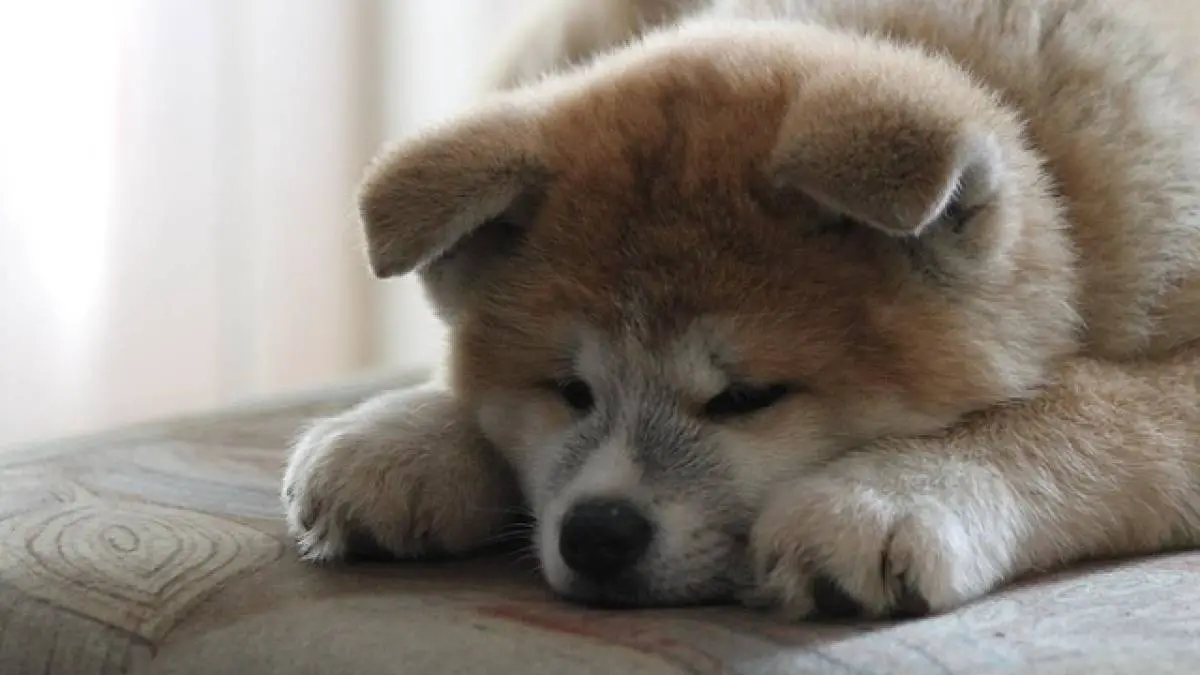














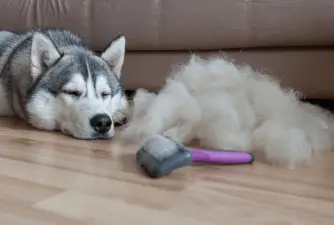
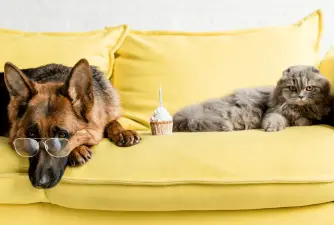
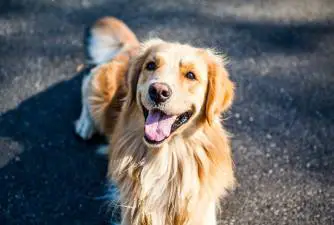

Share